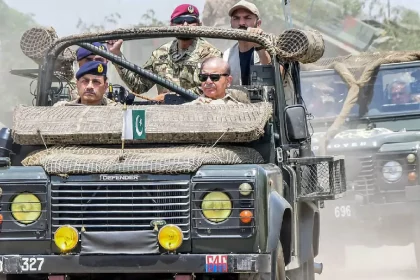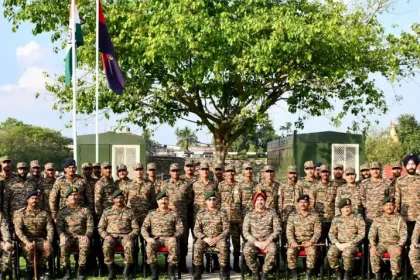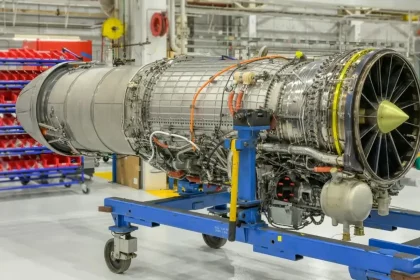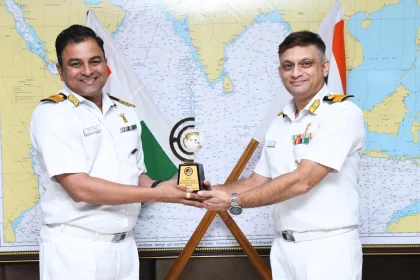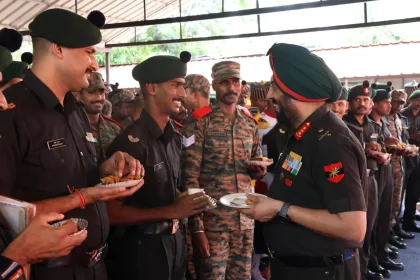Pakistan Army Under Fire Over Reports of $10,000-Per-Soldier Demand from Israel for Gaza Peacekeeping Mission
Allegations of $10,000-Per-Soldier Demand Spark Debate on Pakistan’s Role in Gaza Peacekeeping Mission.
India Establishes Three New Military Garrisons to Fortify the Siliguri Corridor, Strengthening Eastern Border Security
In a major strategic development, India has established three new military garrisons along the Bangladesh border to reinforce the defence…
HAL and GE Aerospace Ink $1-Billion Deal for 113 F404 Jet Engines to Power TEJAS Fleet, Strengthening Indo–US Defence Partnership
Landmark $1-billion HAL–GE Aerospace deal ensures propulsion security for India’s TEJAS program amid trade tensions, reaffirming the strength of Indo–US…
Former CIA Officer Exposes U.S. Complicity in Pakistan’s Nuclear Weapons Program; Claims Washington Knew F-16s Were Nuclear-Capable but Continued Arms Supply
Former CIA officer Richard Barlow’s revelations expose how U.S. political expediency enabled Pakistan’s nuclear weapons program — despite knowing its…
Eastern Naval Command Hosts Annual Meteorology and Oceanography Officers’ Conference (METOC)
INS Shikra awarded the maiden ‘Best IN Met Office Trophy’ for AY 2024–25.
Lt Gen Manjinder Singh Visits 2nd Battalion of the Madras Regiment
Army Commander and Colonel of the Regiment upholds regimental traditions and promotes welfare initiatives during visit.

